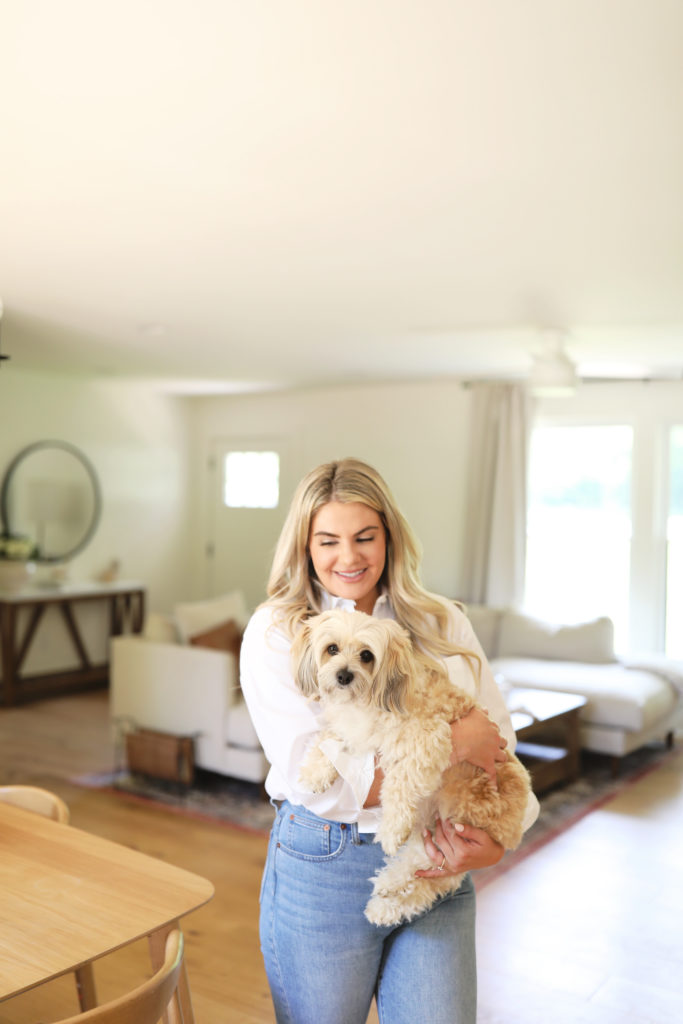Top Baby Care Tips for Cleaning and Bathing
When you bring your baby home from the hospital, it’s going to be a whirlwind of newness and firsts and a steep learning curve, putting all the things you have learned during your pregnancy into practice. One such area that new parents need to get familiar with fast is how to bathe and clean their newborn. Because there’s going to be many times when your new bundle of joy is likely going to need a bath or a clean-up.
From spit-up to explosive diapers, your new baby is likely going to go through all of the ways you can and can’t imagine they can get dirty, so ensuring you know how to care for them is a good idea before these scenarios materialize.
This post is going to run through some of the top baby care tips so they’re nice and cared for from the tips of their toes right through to the hairs on their head.
When to bathe your baby
The WHO recommends that you first bathe your new baby within 24 hours. 24 to 48 hours is deemed enough time for your newborn to regulate its temperature outside of the womb. The last thing you want is to give your new baby hypothermia, so wait until you pass the 24-hour mark (or 48-hour mark if you prefer) before their first bath.
Another thing to remember is that your baby will be born with a coat of vernix on their skin. Vernix has antibacterial properties and helps to keep your baby healthy. It’s also a protective layer for their skin, so it doesn’t dry out from the air as they become accustomed to their new surroundings. Try not to wash this vermix off and let it fall off naturally, to allow it to offer the right level of protection for your baby’s skin.
The American Academy of Paediatrics also recommended that babies not be submerged in water until their umbilical cord stump has fallen off naturally, which means sponge baths and washes until this occurs at around two to three weeks.
What do you need to clean your baby?
In the first instance, you likely won’t need many bathing products for your baby, especially for their first bath. But below is a list of products you will need to bathe your baby as they transition through the first few months of life.
- Bucket or bowl, or bath
- Bath seat, if required
- Soft washcloth
- Dry towel
- Gentle baby wash
- Gentle shampoo
- Plastic cup
- Clean clothes and a diaper
- Bath oil
- Baby moisturizing products or barrier creams, i.e., for diaper rash
- Water thermometer, if required, to check the water temperature
How to bathe your newborn
Holding a newborn baby is an experience for new parents. Ensuring you don’t drop your precious cargo and keep them safe while navigating your own and different activities is something you can and do get used to and become more skilled at over time. Baby baths are no different.
Supplies
Before introducing your baby to the bathtub, ensure all your supplies are ready. This preparation will reduce the need for excessive movement and allow you to focus on your baby’s comfort and safety, instilling a sense of confidence and control.
Location
Choose a stable surface to lay out your essentials, such as a kitchen table, the floor, or the inside of a bathtub. The key is to ensure it’s safe and stable and that you feel comfortable, providing a sense of ease and flexibility in the process.
Water Temperature
From here, you need to fill the bathtub with water; remember, do not submerge until the umbilical cord has fallen off. You only need two to three inches of water in the bathtub, and you need to gently wash the baby with a washcloth. But before you do, you need to make sure the water is roughly the same as the body temperature, which is 98.6 F, but anywhere between 90 and 100 F is fine.
Bathing
To get your baby used to the water, you need to gently lower them into the bathtub, not fully submerge them, using either a bath seat if you have one or by having them rest on your arm, supporting their head and neck. Start with the toes first to allow them to acclimate to the experience. Then, using a washcloth or baby sponge, gently rinse them with water. Lather them up with your chosen baby products and rinse them off. And that’s it. Make sure to get in all the nooks and crevices of a baby’s body so you don’t get an accumulation of milk spit-up or dirt from being handled for example.
From here pat them dry with a soft towel to finish the bathing process before getting them dressed.
Caring for your newborn
Bathing your new baby is only part of the task of keeping them clean; you might find you need to perform other care duties around bath time. For example, if required, give them a quick wash instead of a full bath. You might need to consider hair care if your baby has a lot of hair. This means finding the right baby hair products for your baby, especially if they have curly or coiled hair, as this will need much more care and attention from a younger age than other types of hair.
You can use soft hair brushes for gentle brushing when required, baby wipes or wet wipes, and soft clothes for daily cleaning and wiping in between baths. Add any additional products as you wish. For example, you can use body lotion or emollient cream, barrier cream to avoid diaper rash, or even massage balms for a post-bath or pre-bedtime routine.
Doing daily small clean-ups, especially first thing in the morning, can help you and your baby feel fresh and ready for the day. Remember, they won’t likely need a full bath each day unless they become excessively dirty.
Caring for your newborn isn’t as complex as it might first seem. You need to be prepared, keep all the required items on hand, and be confident when washing the baby from head to toe and gently patting them dry to protect their delicate skin.

